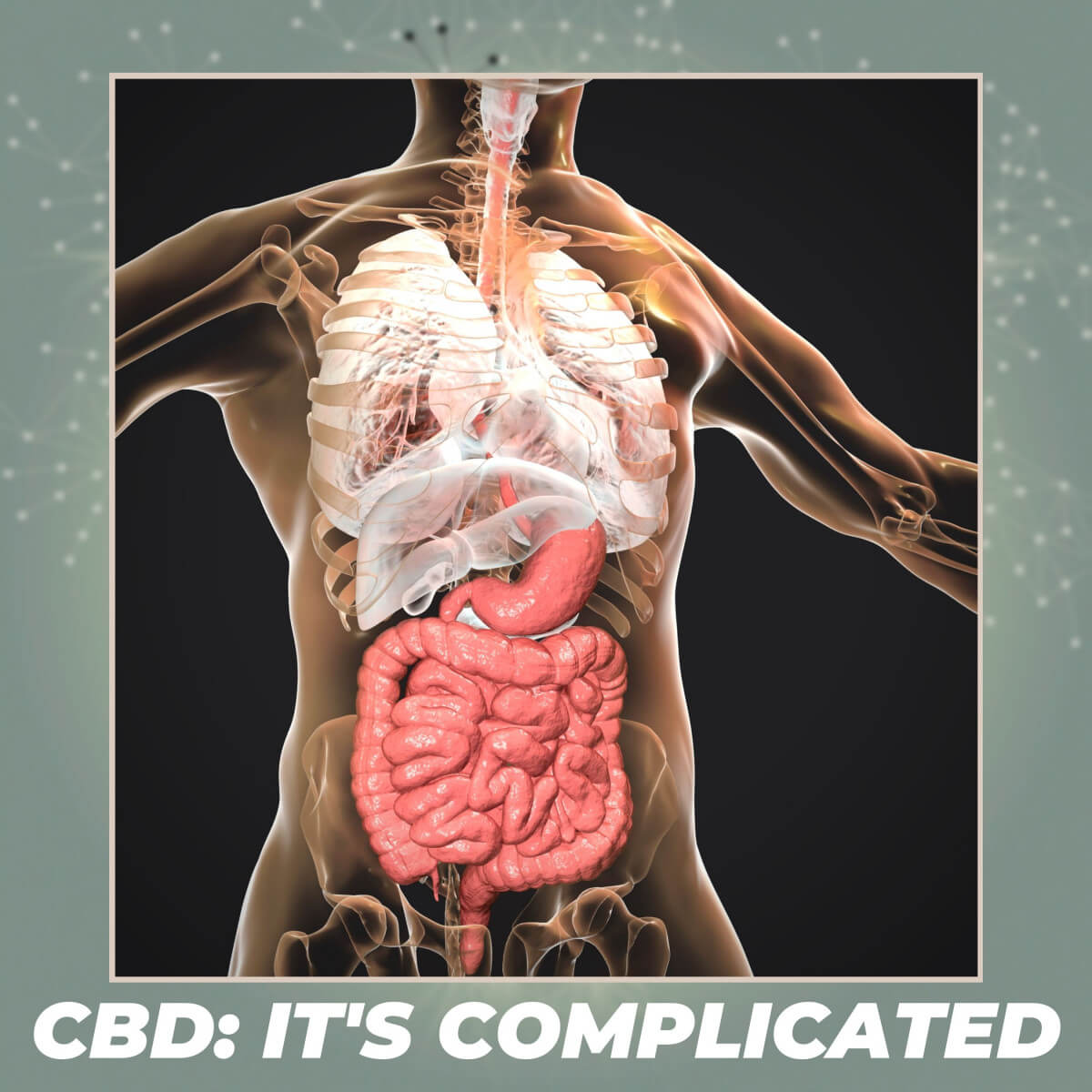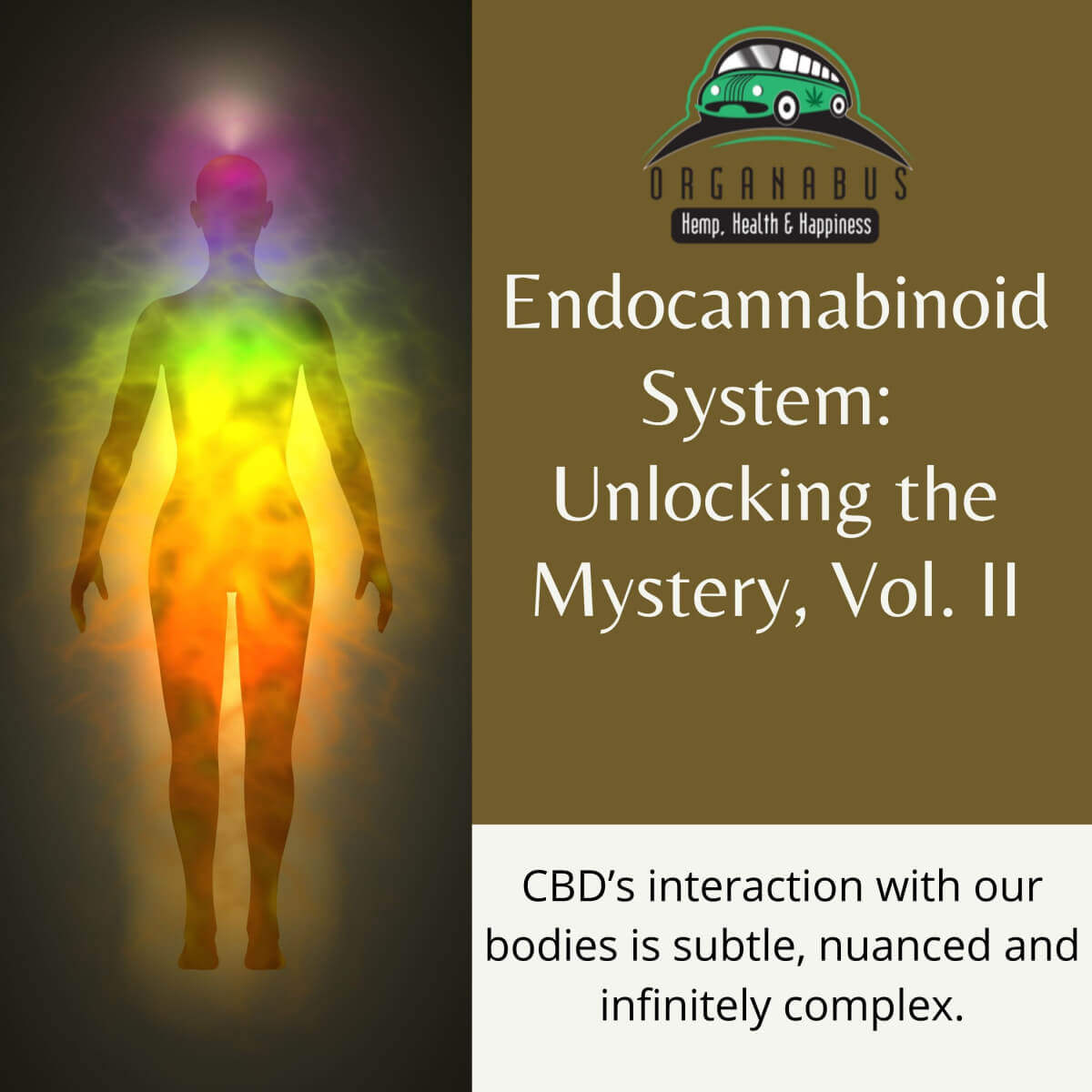The Endocannabinoid System: Unlocking the Mystery, Vol III
CBD: It’s Complicated
A quick recap of last of what we’ve learned in our series, thus far:
Our body is regulated by our endocannabinoid system (ECS), a chemical messenger system that utilizes compounds (endocannabinoids) strikingly similar to those of the cannabis plant to maintain communication between receptors.
THC interacts with this system by acting as an exact copy (albeit, a lesser quality copy—just think about that time you got a new apartment and had the extra key made at Lowe’s) of our existing endocannabinoids and can thereby connect with the receptors directly. Meanwhile, CBD is more like the guy who can pick a lock.
CB1: A Two Prong Attack
Whereas THC directly connects with and affects the CB receptors (and by extension, our bodies), CBD takes a more passive approach, as well as intricate. It does act as an agonist (meaning it binds directly and activates) on the CB1, but only weakly. However, it also circles back around and attaches to the receptor at a secondary point where it can modulate the effects of the cannabinoid attached at the primary point. This is called a “negative allosteric modulation” and is best illustrated in the way CBD mitigates the effects of THC. Yes, this paragraph is just a little more challenging than your average read, but just imagine how impressive you’ll seem at parties once you’ve locked it all down.
CB2: CBD as an Activist
Next, is the CB2 receptor, a major player in the activation of our immune response. CBD interacts with this receptor by connecting with and activating it, but then pushing to reverse the typical actions of its response. Ultimately, this dampens the CB2 receptor’s overall ability to respond, one of the many reasons for CBD’s anti-inflammatory qualities. In this role, CBD is acting as an inverse agonist. Go ahead and keep that one in your back pocket for the party as well.
But here’s the oddity: Once again, its overall effect here is relatively weak. So, then, what about this mysterious compound makes it so magical for so many different applications? We’ll dig deeper in our next installment.



